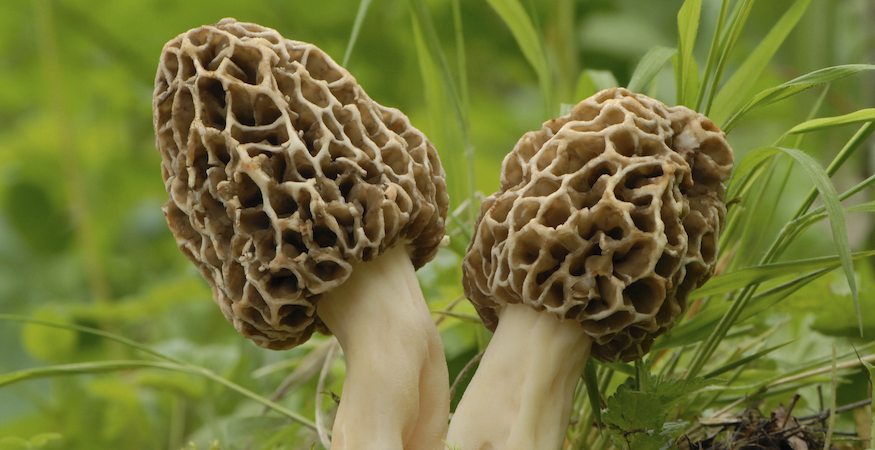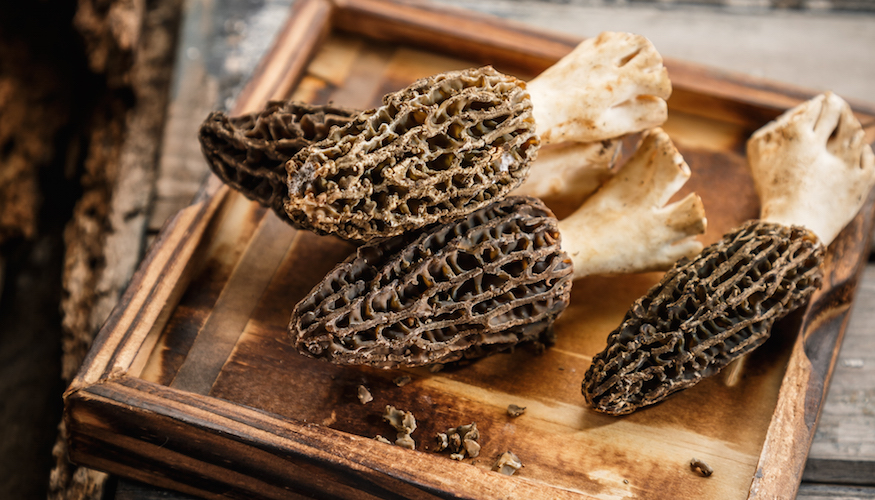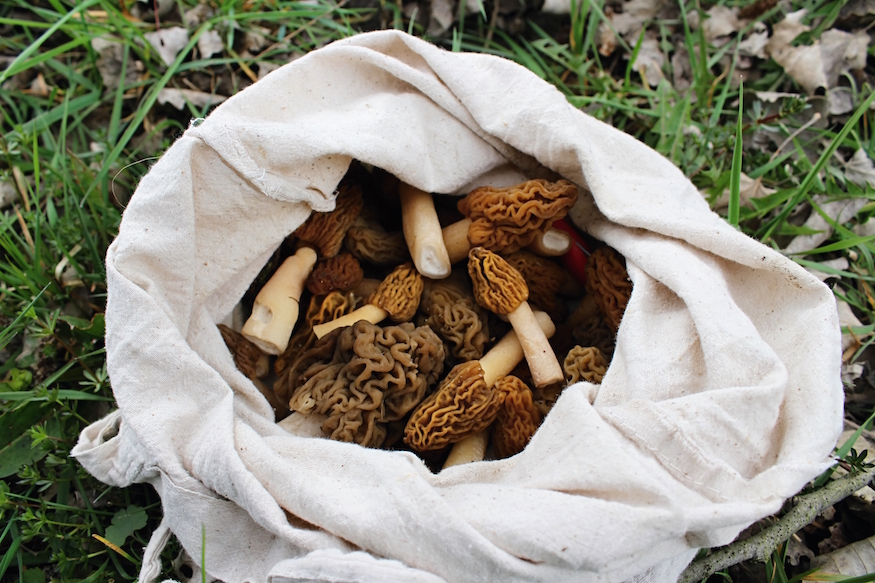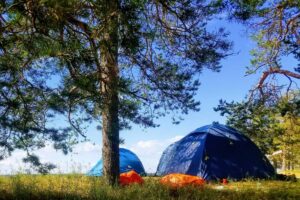Where to Find Morel Mushrooms Near You (2026 Guide)
Last updated: July 2025 – refreshed for the upcoming 2026 season
If you’re itching to track down morel mushrooms this spring, you’ve landed in the right spot. Below you’ll find the fastest possible answer first, followed by deeper tips pulled from a couple decades of wandering woods, creek bottoms, and burn scars.
Quick Answer: Where Morels Usually Pop Up
Most hunters start in places like these:
- Mixed hardwood stands with dying or dead ash, elm, apple, or poplar
- Burn sites that are one or two seasons old – check your state’s wildfire maps
- North-facing slopes once the days warm up, south-facing early on
- Moist, well-drained soil after a warm rain
- State DNR “mushroom maps” or county Facebook foraging groups
You can punch your zip code into iNaturalist or Mushroom Observer and peek at recent sightings. Not perfect, but it’s a free head start.

A pair of morels found near dying elm trees on a north-facing slope in southern Indiana.
When Is Morel Season?
The season shifts north as spring crawls up the map:
| Region | Typical Window |
|---|---|
| Deep South | late March to early April |
| Midwest & Mid-Atlantic | mid-April to early May |
| Great Lakes & Northeast | late April into May |
| Pacific Northwest | May to early June (esp. burn zones) |
Rule of thumb: once soil temps hit roughly 50 °F and nighttime lows stay above 40 °F, start hiking.
Habitat Clues You Shouldn’t Ignore
- Disturbed Ground
Old burns, flooded bottoms, logging tracks. Morels love chaos. - Tree Companions
Look near elm, ash, tulip poplar, apple orchards, and sometimes cottonwood. When those trees fade, morels often boom for a year or two. - Moist but Not Swampy
Damp leaf litter is gold. Standing water usually isn’t.
Take ten slow steps, scan every few inches, then move again. Found one? Squat and look around – there’s usually more.
Legal Stuff First
Public-land rules change by state. A few examples:
- Michigan – publishes a yearly “Morel Burn Map” and allows personal foraging in state forests.
- Indiana – DNR lists known hot burns; stay under five pounds per day without a permit.
- Oregon & Washington – National forests allow small harvests; some ranger districts want a free permit tag on your pack.
- Ohio – State parks allow mushrooms for personal use, but you can’t rip up roots or dig.
Private land? Always ask. Some folks will swap permission for a share of the haul, and that beats a trespass ticket any day.
Field Notes From My Own Hunts
Early mornings after an overnight shower are best. Cooler temps keep morels firm and easier to spot.
I once filled a mesh grocery bag in 45 minutes near a line of half-dead tulip poplars two springs after a lightning fire. My buddy walked right past them – sometimes slowing down is all it takes.
Skip plastic bags. They’ll sweat and turn your mushrooms into a slimy mess. Mesh or waxed paper lets them breathe and spreads spores, too.

These morels were found along a floodplain after two days of scattered thunderstorms. Great color and texture after a slow air dry.
Mark GPS pins. If the tree and soil stay right, patches often come back for a couple seasons.
Watch Out for Look-Alikes
False morels (Gyromitra species) can make you very sick. Key differences:
| Feature | True Morel | False Morel |
|---|---|---|
| Inside | completely hollow | cottony or chambered |
| Cap attachment | connected at base | hangs over stem edge |
| Overall look | honeycomb ridges | wrinkled brain folds |
When in doubt, toss it out. No meal is worth guessing.

A full morning’s haul from a mix of poplar and ash woods. Mesh or fabric bags keep morels fresh and help spread spores as you walk.
FAQs
Sometimes, sometimes not. Many states require a commercial permit to sell wild mushrooms.
Not usually. You’ll more likely see stinkhorns or ink caps in landscape beds.
I soak mine in lightly salted water, pat dry, then sauté in butter with a splash of white wine. Simple is best.
People keep trying, but it’s tricky. If you want to tinker, start with a kit and plan for a science experiment, not dinner.
This short video walks through one real attempt to grow morels at home (and what worked or didn’t).
Final Thoughts
Finding morels near you isn’t rocket science. Hit the woods when soil warms, focus on the right trees, and slow your roll. And if you stumble on a honey hole, maybe keep that GPS pin to yourself until next spring. Happy hunting.
Recommended Reading
If you’re looking for more detail on foraging or cooking morels, these beginner-friendly books might be worth checking out:
- Morel Support by James Phares – Covers harvesting, preserving, and basic cooking techniques
- Morel Mushrooms: Best-Kept Secrets Revealed by Michael E. Phillips – A well-reviewed guide from a long-time forager
These are affiliate links, which means I may earn a small commission if you buy something – at no extra cost to you. It helps keep the site running and ad-free.

Robert Young
I live in NH.
Today is the first day I’m looking for morel mushrooms. I don’t really know where to look. What started out to be a little break was soon turned into looking for morels. Why, because for the first time in many years I found two together with no others around. Why have these grown in the spot they were and no others around?